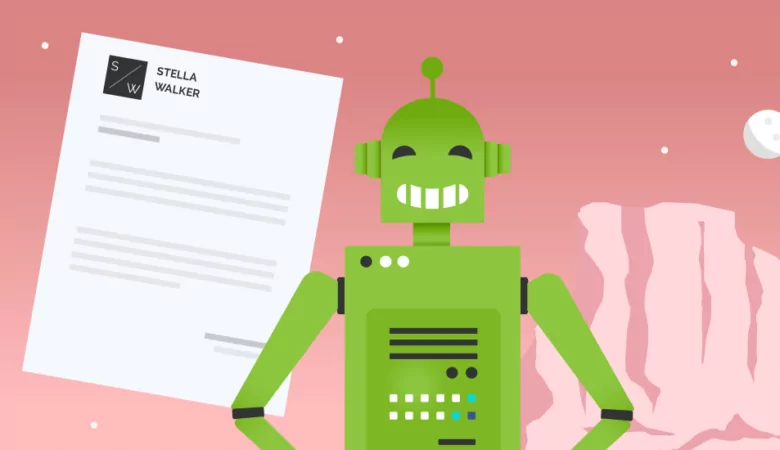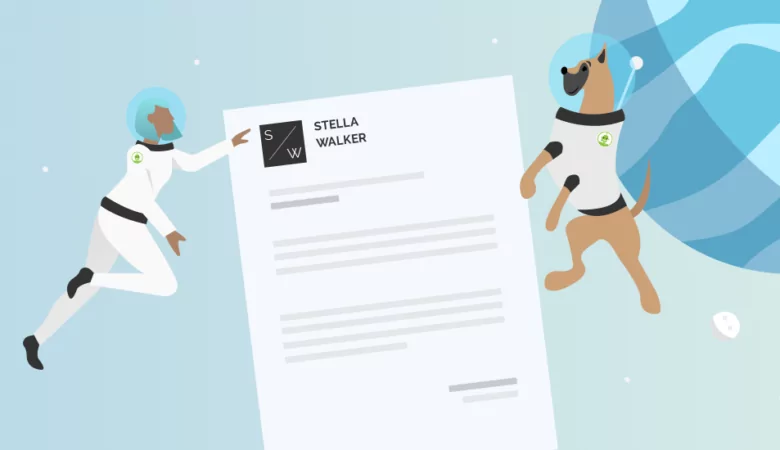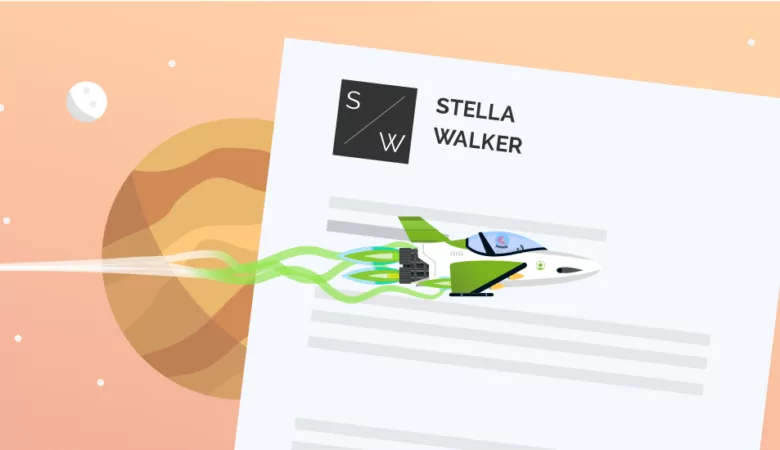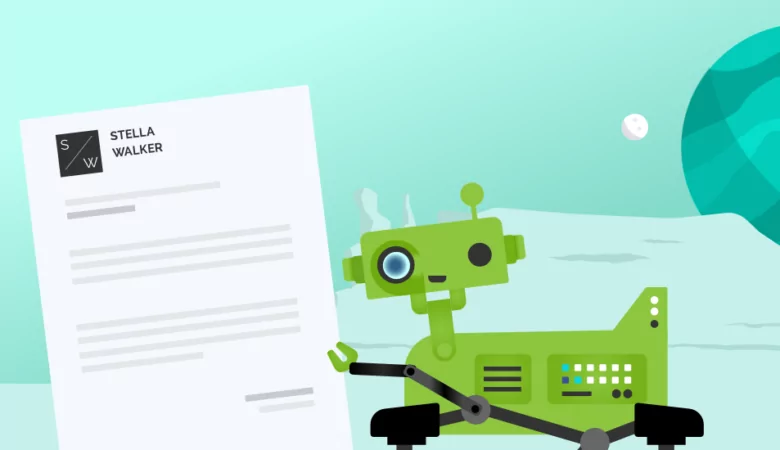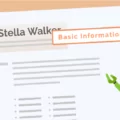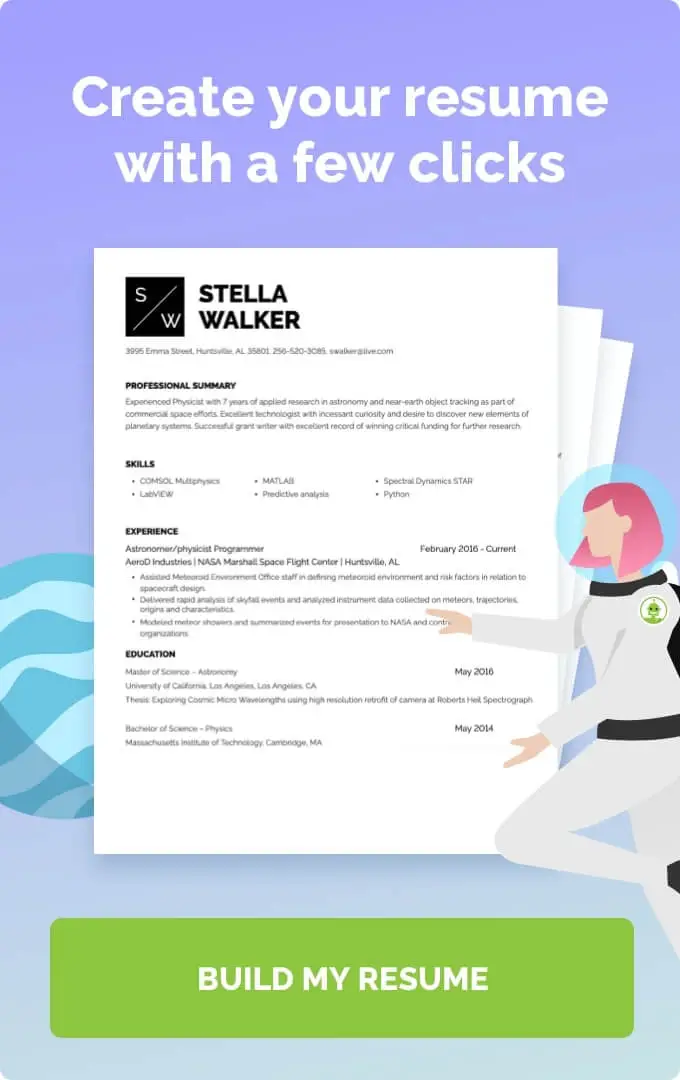Mastering the cover letter format is crucial if you want to create an effective cover letter. Here’s what you need to know so cover letter formatting works for you.
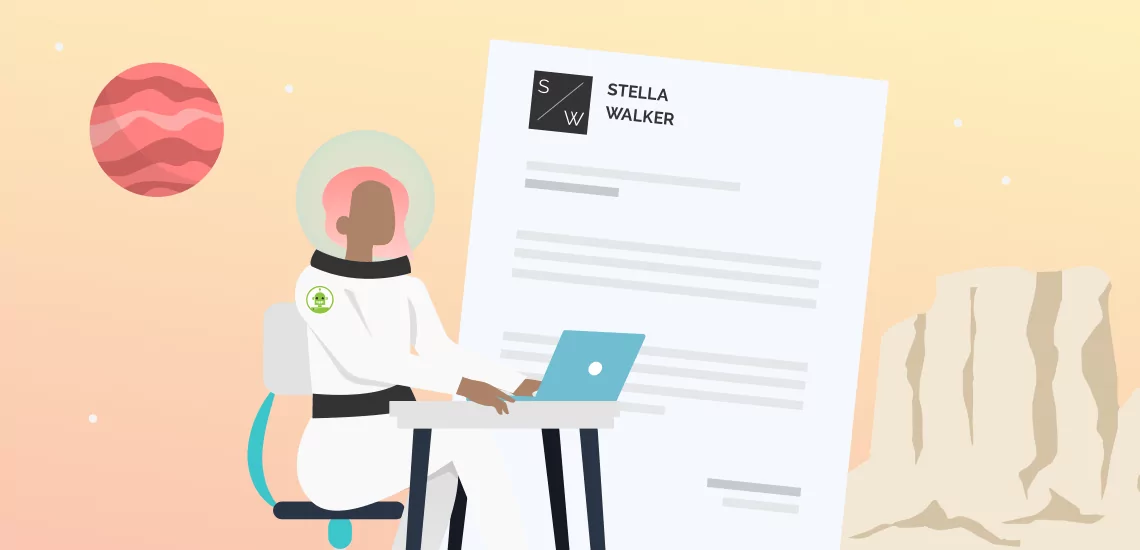
How To Navigate Cover Letter Formatting
Cover Letter Format
A cover letter isn’t just something you include in a job application because you have to. It can be an incredibly effective way to discuss who you are and give more insight into why you’re the right fit for a specific job. To use a cover letter most effectively, however, you need to understand the format. Here’s how you can create a cover letter template you can use every time you write a cover letter.
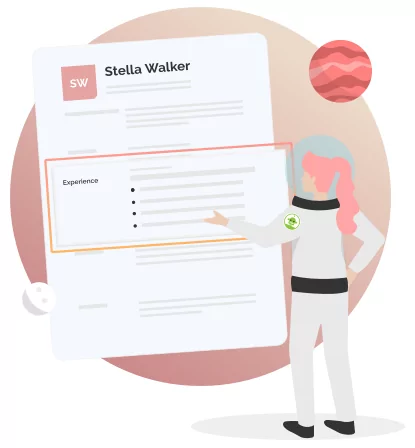
What Is the Importance of a Cover Letter Format?
A cover letter format is more important than it might seem. If you’re able to stick to the right format, you’ll be more likely to express yourself fully and clearly to a potential employer. This cover letter format increases your cover letter writing skills by default, even if you aren’t confident in your ability to write a cover letter.
Cover Letter Format, Top to Bottom
So how do you write a cover letter that’s effective and helps you in your job search? This is how a good cover letter should look.
-
Header
The first step is to create your header. If you look at other cover letter examples, a header should be no problem. It usually includes your full name, contact information, including your phone number, and professional profile links, including your LinkedIn. Address the letter with the hiring manager’s name. Avoid overly formal and old-fashioned salutations like “To Whom It May Concern” and “Dear Sir or Madam.” Only use “Dear hiring manager” if you really can’t find the name of the hiring manager.
-
First paragraph: Introduction and hook
Now you can move into the body of your cover letter. The opening paragraph needs to capture the hiring manager’s attention. Introduce yourself with something unique and interesting, whether it’s an anecdote from your work experience, information about what makes you unique, or your most impressive accomplishment. Either way, it should be that interests the recruiter enough for them to read the rest of your cover letter.
-
Second paragraph: More information about skills and achievements
Now that you have the hiring manager’s attention, you can move into your next paragraph. This paragraph should be all about why you’re the perfect fit for the company you’re applying to. Here you can address specific skills and achievements, how you might fit into the company culture, and information about previous experience. If you want to add extra achievements or experience, you can add bullet points after this paragraph.
-
Third paragraph: Closing and call to action
The final paragraph is where you wrap up your cover letter. In this closing paragraph, you need to ask directly for the job interview. This is one of the most unique things about a cover letter. Even a very simple cover letter allows you to ask the recruiter for a job interview. Additionally, end the letter with a professional sign-off, like “Sincerely,” not a personal one like “Best wishes.”
What Does a Hiring Manager Want From Your Cover Letter?
To write a perfect cover letter, you should first learn what a hiring manager wants to see in your cover letter. Here are a few major points to hit in a professional cover letter.
-
Personalized to the job
You can’t write a single cover letter and then submit it to hundreds of jobs and expect to get a response. Although cover letter samples are a great starting point, you really need to look in the job description and company website so you can personalize your cover letter to each job.
-
Simple to read
A cover letter does not have to be dense or lengthy to be effective. Your cover letter should be as easy as possible for the hiring manager to read. Ideally, the hiring manager should be able to just scan it and get an overall understanding of who you are.
-
Clean and professional
Lastly, make sure the cover letter is professionally presented and is easy to scan. A cover letter builder can help you ensure the cover letter looks beautiful. Proofread for typos and grammatical errors before you send off the cover letter as the last step.
FAQ: Cover Letter Format
Yes. Even if you’ve already used the resume builder at ResumeNerd to create a great resume, you still need a cover letter. A cover letter isn’t a replacement for a resume; it adds additional information that gives a potential employer more insight into your abilities and strengths.
Cover letters should usually be between 250 and 350 words in length, which is between half a page and three-quarters of a page. This gives you enough space to express your qualifications—less than half a page tends to make you look underqualified—while also not so long that a hiring manager avoids reading it altogether.
No. While some of the information in your cover letter may also be in your resume, the intention is not just to go over the information a hiring manager will already know from the resume. Instead, your cover letter should expand on that resume, giving more information and helping you stand out from the other job seekers.

